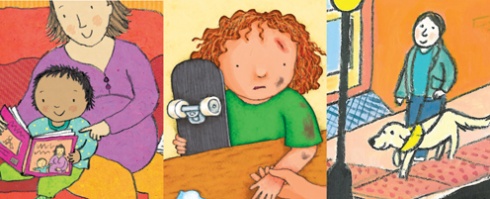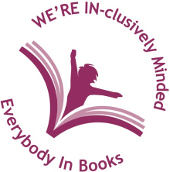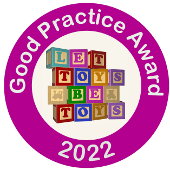
Diversity and Equality
Child's Play aims to reflect the diverse society in which we live and challenge stereotypes. Diversity does not simply refer to heritage
and disability, but also gender, nationality and culture, sexual orientation and age. Inclusive images are casual and incidental, meaning that all children are included as part of the landscape, rather than singled out
for special attention.
Seeing inclusive images is important so that everyone perceives themselves as equal. Inclusion in books allows readers to become familiar with characters that may seem slightly different to them; look or behave slightly differently, or have a different kind of family, but are fundamentally just the same.
We are the products of our own experiences, and as adults we are often unaware of our biases - the beliefs and attitudes that we hold and have acquired from our families, our education and the communities we grew
up in. Without realising it, we can unintentionally perpetuate these beliefs and attitudes in the learning environments we create for children.
Anne O'Connor, Early Years Consultant
Equality & Diversity Part 1, Nursery World, 23rd September 2009
Child's Play works in liaison with a number of agencies and diversity specialists to ensure that inclusion is accurate and effective,
and to avoid tokenism.
For full details download the Diversity and Equality in the Child's Play Programme Leaflet


 Go to UK site
Go to UK site Go to AUS site
Go to AUS site


Email this page to a friend